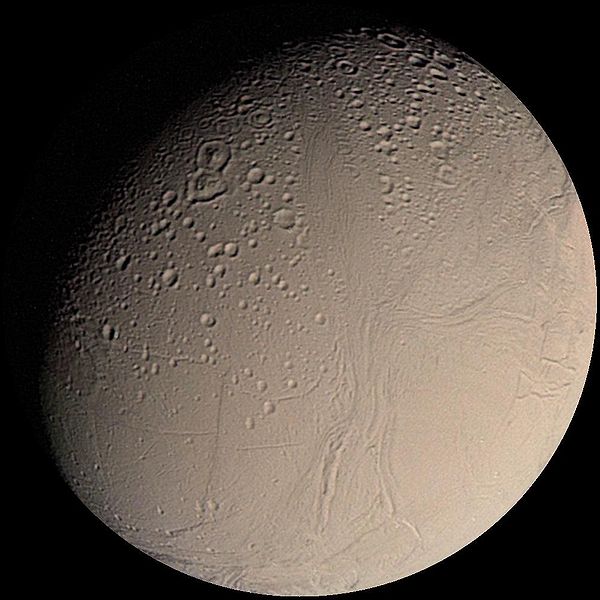Plik:Enceladus from Voyager.jpg

Rozmiar podglądu – 600 × 600 pikseli. Inne rozdzielczości: 240 × 240 pikseli | 480 × 480 pikseli | 1004 × 1004 pikseli.
Rozmiar pierwotny (1004 × 1004 pikseli, rozmiar pliku: 93 KB, typ MIME: image/jpeg)
Historia pliku
Kliknij na datę/czas, aby zobaczyć, jak plik wyglądał w tym czasie.
| Data i czas | Miniatura | Wymiary | Użytkownik | Opis | |
|---|---|---|---|---|---|
| aktualny | 13:20, 17 mar 2005 |  | 1004 × 1004 (93 KB) | Bricktop | NASA image |
Lokalne wykorzystanie pliku
Poniższa strona korzysta z tego pliku:
Globalne wykorzystanie pliku
Ten plik jest wykorzystywany także w innych projektach wiki:
- Wykorzystanie na af.wikipedia.org
- Wykorzystanie na ar.wikipedia.org
- Wykorzystanie na ast.wikipedia.org
- Wykorzystanie na azb.wikipedia.org
- Wykorzystanie na ba.wikipedia.org
- Wykorzystanie na beta.wikiversity.org
- Wykorzystanie na be.wikipedia.org
- Wykorzystanie na bg.wikipedia.org
- Wykorzystanie na ca.wikipedia.org
- Wykorzystanie na ca.wikinews.org
- Wykorzystanie na ckb.wikipedia.org
- Wykorzystanie na co.wikipedia.org
- Wykorzystanie na cy.wikipedia.org
- Wykorzystanie na da.wikipedia.org
- Wykorzystanie na de.wikipedia.org
- Wykorzystanie na de.wikibooks.org
- Wykorzystanie na de.wikinews.org
- Wykorzystanie na de.wiktionary.org
- Wykorzystanie na el.wikipedia.org
- Wykorzystanie na en.wikipedia.org
Pokaż listę globalnego wykorzystania tego pliku.

